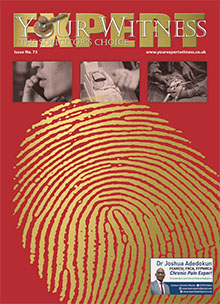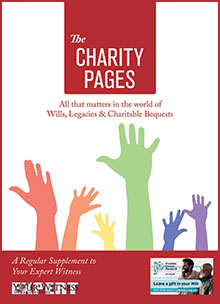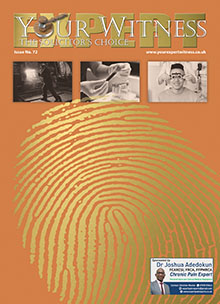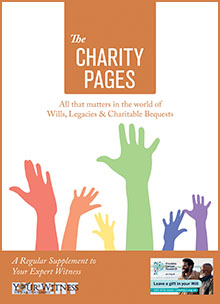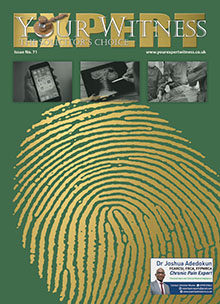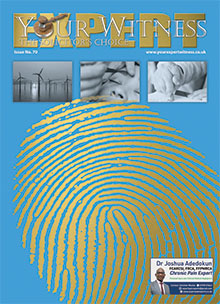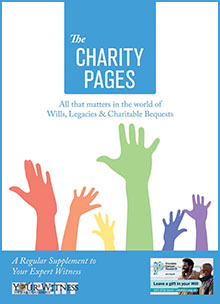DESPITE WHAT people think, road traffic collision investigation is no longer the domain of retired police officers.
Generally, most traffic officers and beat officers have had no formal training in accident investigation.
When they are called to the scene of a non-serious or non-fatal accident, most do not know to look for underlying circumstances or contributory factors and are, in fact, fairly restricted to documenting evidence by completing a Stat 19 form at the scene of the accident.
The Stat 19 form documents the details of the drivers involved, vehicles and any witnesses, plus a diagram of the crash scene based on the officer’s own interpretation. Of course, this can range from a Picasso to a playschool finger painting in style and quality. But, as long as the facts are clearly recorded, whatever the style option, it will be acceptable alongside other documented evidence.
Unsafe prosecution?
Sometimes an officer’s interpretation of an accident can lead to a prosecution of a driver for, for example, driving without due care.
However, if it can be proved that underlying circumstances had led to the accident and that it was not solely down to the driver’s actions alone, it would have to be deemed an unsafe prosecution.
It’s true that forensic officers who deal with serious injury and fatal accidents are highly trained individuals, but the fact remains that forensic cases represent only 5% of traffic accidents. The need for highly-trained forensic investigators has dwindled, and in Civvy Street these posts are now generally filled by former police officers who are deemed to have some experience in this area of work and, possibly, some training in forensics. They are certainly trained to collect evidence.
Defending rights
In cases where serving police officers are engaged, it usually means that a prosecution could result following the investigation and, of course, everybody in this country is entitled to a fair hearing and to make a case for their defence.
As such, an investigator for the defence team (former forensic police or otherwise) would be privy to all of the police evidence in relation to the prosecution. Failure to disclose all this evidence in relation to a prosecution would, of course, result in the case being flawed.
So, what happens to the 95% of cases that are not investigated by a qualified individual? Usually, these cases are knock-for-knock – one person’s word against another – but insurers need to establish liability, and this is done through the interpretation of the driver’s good practices guide, The Highway Code, and The Road Traffic Act in order to establish negligence.
There is no such thing as an accident; someone is ultimately liable for an incident. Of course, there may be situations where liability is apportioned between the relevant parties and it is up to the investigator, through detailed reporting, to establish the facts and conclusions as to liability, and so allow an insurer to settle accordingly.
Today, investigators cover a variety of cases for both insurers and personal injury lawyers in both claimant and defendant cases, and all of the investigators on the database of the Association of Personal Injury Investigators are fully conversant with body language, MET (micro expression) and VOWS (verification of oral and written statement).
Where to go
To access the nationwide database of trained instruction agents and incident/fraud/claims investigators go to www. apii.org.uk and use the password: November.



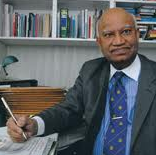 “Speculate before you accumulate. I am a long term regular writer and advertiser in 'Your Expert Witness - the Solicitor’s Choice'. This investment pays me substantive dividends; I get more Expert Witness work with every issue. Not only solicitors and barristers but also judges seem to read it. It is a win-win situation. Success breeds success; I must continue to write and advertise.”
“Speculate before you accumulate. I am a long term regular writer and advertiser in 'Your Expert Witness - the Solicitor’s Choice'. This investment pays me substantive dividends; I get more Expert Witness work with every issue. Not only solicitors and barristers but also judges seem to read it. It is a win-win situation. Success breeds success; I must continue to write and advertise.”












